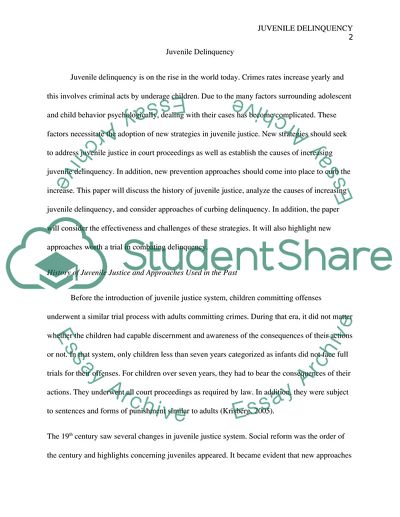Cite this document
(Juvenile Delinquency Term Paper Example | Topics and Well Written Essays - 2000 words, n.d.)
Juvenile Delinquency Term Paper Example | Topics and Well Written Essays - 2000 words. Retrieved from https://studentshare.org/law/1783906-juvenile-delinquency
Juvenile Delinquency Term Paper Example | Topics and Well Written Essays - 2000 words. Retrieved from https://studentshare.org/law/1783906-juvenile-delinquency
(Juvenile Delinquency Term Paper Example | Topics and Well Written Essays - 2000 Words)
Juvenile Delinquency Term Paper Example | Topics and Well Written Essays - 2000 Words. https://studentshare.org/law/1783906-juvenile-delinquency.
Juvenile Delinquency Term Paper Example | Topics and Well Written Essays - 2000 Words. https://studentshare.org/law/1783906-juvenile-delinquency.
“Juvenile Delinquency Term Paper Example | Topics and Well Written Essays - 2000 Words”, n.d. https://studentshare.org/law/1783906-juvenile-delinquency.


